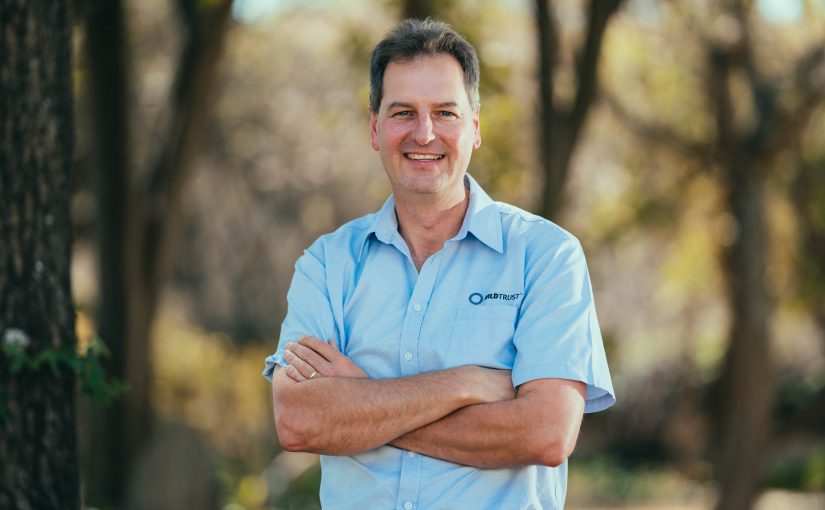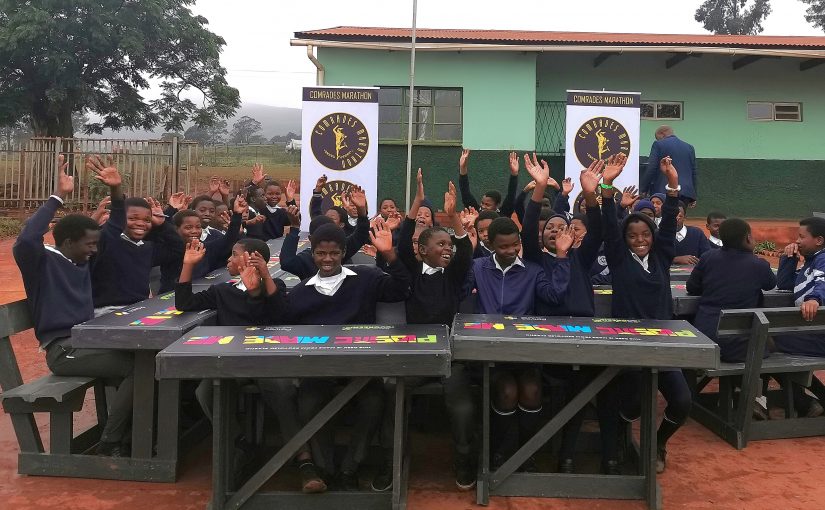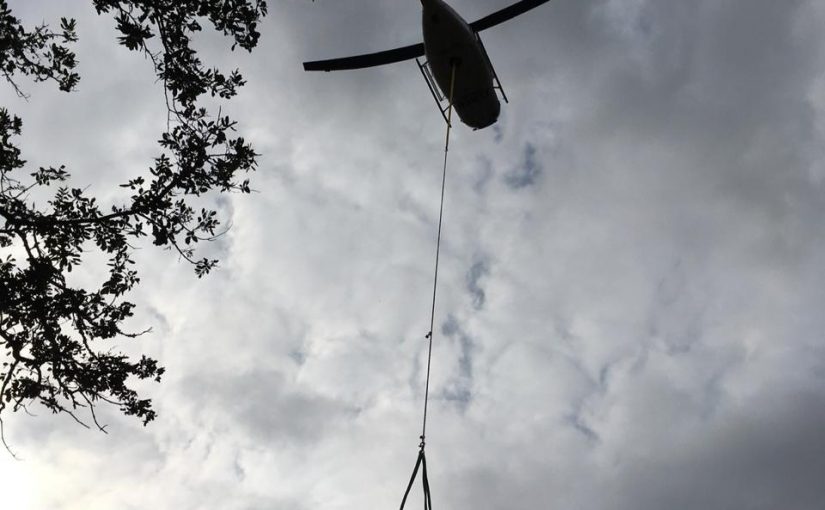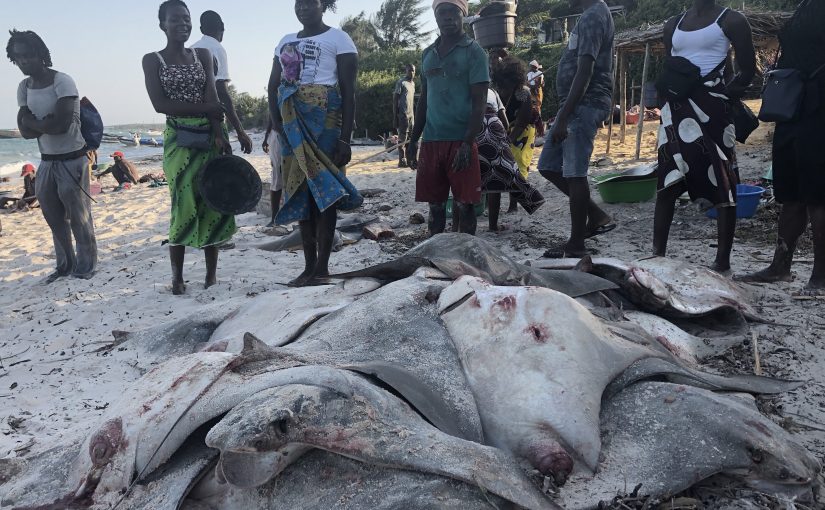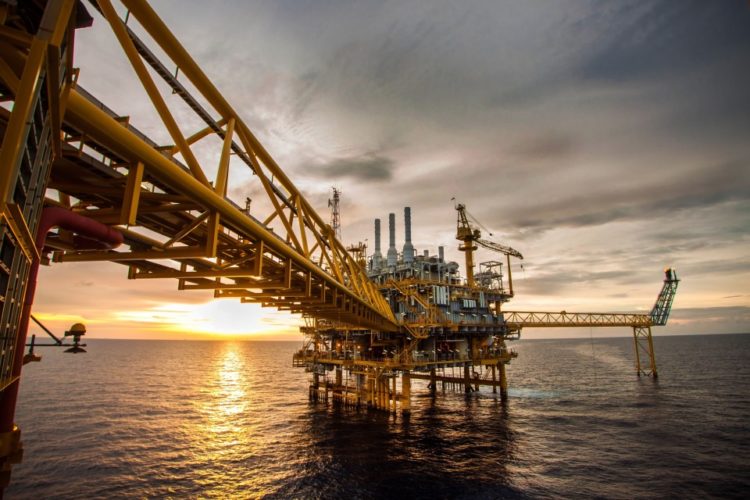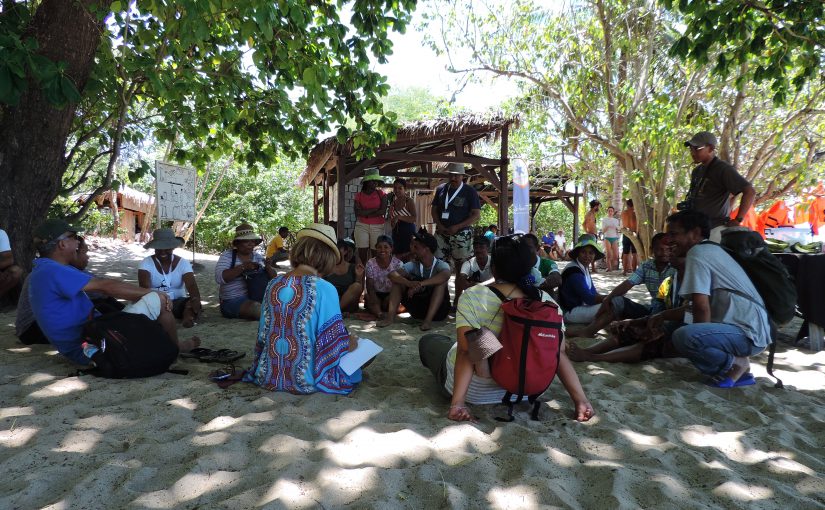Dear Valued Partners & Friends of the Trust,
After 19 years at the helm of the WILDTRUST, Dr Andrew Venter has decided to step down as CEO of the Wildlands Conservation Trust (WILDTRUST). This is part of a structured executive leadership team development and transition process that he has implemented, together with the WILDTRUST Board, over the past two years.
The Chairman of the WILDTRUST Board, Andile Ncontsa, said that Andrew has had a long career growing the WILDTRUST into one of South Africa’s premier sustainability and environmental NPO’s. He has nurtured the growth of an executive leadership team, anchored by the WILDLANDS Executive Director, Dr Roelie Kloppers, and WILDOCEANS Executive Director, Dr Jean Harris. Dr Kloppers and Dr Harris will continue to lead these core WILDTRUST programmes under the guidance of the WILDTRUST Board, with support from Shanitha Singh (Executive Director: Finance, Human Resources and Administration) and Louise Duys (Executive Director: Partnerships, Marketing and Training). “Collectively, they are responsible for driving their portfolios and ensuring support and success in their respective fields. Supporting them is a group of able strategic directors and managers and an enthusiastic and passionate team who drive the day-to-day operations,” said Ncontsa.
In 2004, after the successful merger of Wildlands and the KZN Conservation Trusts, Andrew became the first full-time employee of the newly created Wildlands Conservation Trust. Since then the organisation has evolved into the WILDTRUST – one of South Africa’s largest environmental NPO’s currently employing almost 4 000 “Green” and “Blue” team members that are driving a wide range of terrestrial and marine conservation and sustainable development projects.
“It has been my privilege to lead this team, whilst shaping and supporting an ever evolving portfolio of projects, including Trees for Life, Recycling for Life, Food for Life, Khuthaza Business, the WILD SERIES, Greening your Future, Adopt-A-River, the Karkloof conservation area expansion, Somkhanda Community Game Reserve, the BLOOD LIONS film and impact campaign, the Blue Fund, Ocean Stewards, Whale Time, Blue Crew, Blue Port, #OnlyThisMuch, Ocean iMPAct, Oceans Alive, the Shark Conservation Project, Waste Uprising and the OUR OCEANS film and impact campaign. I look forward to seeing WILDTRUST grow from strength to strength as it continues to evolve in response to our region’s environmental challenges and donor opportunities,” said Venter.
In addition to exploring a range of new and exciting sustainability impact opportunities, Andrew will now focus his energies to drive the development of recycling innovations that have evolved from WILDTRUST Recycling for Life initiatives and activities, developing and scaling commercially viable impact opportunities. “In essence, Dr Venter is not lost from our common cause and we wish him well as he dedicates himself to new challenges and taking Recycling for Life to the next level,” said Ncontsa.

